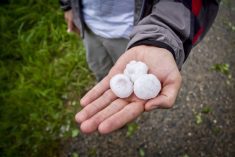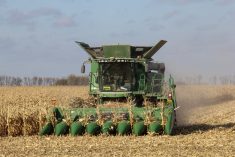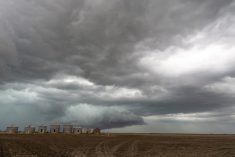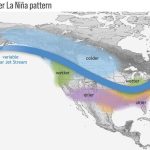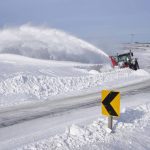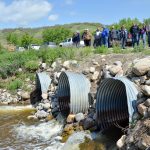WINNIPEG, Feb. 12 (CNS Canada) – As the El Nino weather phenomena slowly loosens its grip, many weather watchers say its impact has been somewhat underwhelming in Western Canada.
However, one meteorologist says its lingering presence, coupled with an expected arrival of a La Nina weather event, may play a large role in determining how much moisture the Prairie provinces receive this spring.
“Many weather experts believe El Nino has peaked and may already be starting to weaken,” said Drew Lerner of World Weather Inc. in Kansas City.
Read Also
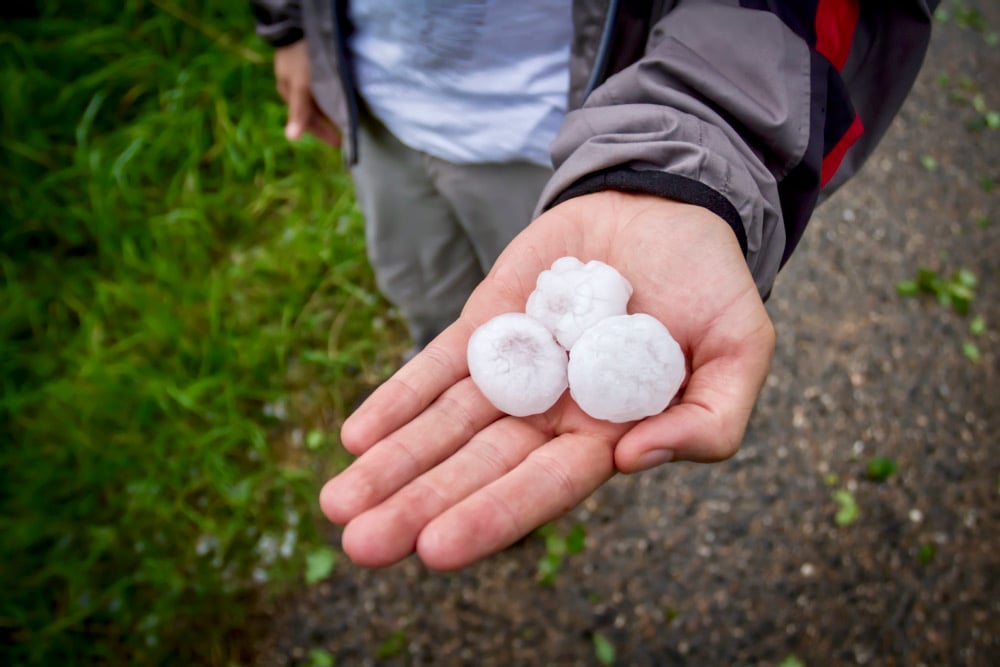
Mixed year for hail claims across Prairies: CCHA
The 2025 crop year was an average year for hail across the Canadian Prairies, with overall claim numbers down slightly compared to last year, reported the Canadian Crop Hail Association (CCHA).
“The longer El Nino takes in dissipating the higher the potential is that we will see a dry spring in these western areas (of western Saskatchewan and northern and southern-most parts of Alberta). Below average amounts of rain and snow will prevail.”
However, Lerner stressed the arrival of La Nina will also have a big impact. The key is, he noted, tied to when that system starts to take hold.
“If we get a transition into a La Nina by June it will have huge implications,” he said.
However, he cautioned, there is a chance it won’t arrive until late 2016 or 2017.
“The jury is still out on when we will see that evolution, I think most of us think it will be fairly late in the year,” he said.
His official stance is that farmers will struggle with moisture in northern and southern-most parts of Alberta and western Saskatchewan through April and into May.
“I don’t expect the pattern to improve until we get into late May or June and at that time we’ll see better rainfall,” said Lerner.
Much of those areas carry a moisture deficiency from last growing season.
“Those deficits run anywhere from 50 to 120 millimetres,” he said.
Lerner said moistue on the eastern Prairies is quite a bit better.
He predicts eastern Prairie temperatures heading into the spring will be a little cooler than in Alberta.
“The further east you are on the Prairies, the higher the potential is that we’ll see some chilly days off and on going into the heart of spring.”
If La Nina does arrive in the summer, it should help much of Western Canada with increased rainfall.
“If we don’t get it we will still get rainfall but it won’t be as impressive,” said Lerner.


